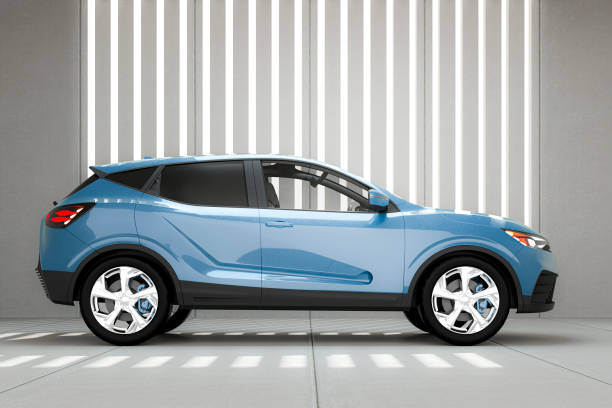Self-Driving Cars: Revolutionizing the Way We Travel
Introduction
The transportation industry is undergoing a massive transformation with the advent of self-driving cars. These autonomous vehicles (AVs) are no longer just a futuristic concept—they are becoming a reality, promising to revolutionize the way we travel. From reducing accidents to improving traffic efficiency, self-driving cars have the potential to reshape urban mobility, logistics, and even our daily lifestyles.
How Self-Driving Cars Work
Self-driving cars rely on a combination of advanced technologies, including:
-
Sensors & Cameras – LiDAR (Light Detection and Ranging), radar, and high-resolution cameras help the car detect obstacles, pedestrians, and other vehicles.
-
Artificial Intelligence (AI) – Machine learning algorithms process vast amounts of data to make real-time driving decisions.
-
GPS & Mapping – High-definition maps and GPS ensure precise navigation.
-
Connectivity – Many AVs use vehicle-to-vehicle (V2V) and vehicle-to-infrastructure (V2I) communication to enhance safety and coordination.
These technologies work together to allow the car to operate without human intervention, following traffic rules and adapting to dynamic road conditions.
Benefits of Self-Driving Cars
1. Improved Safety
Human error is responsible for over 90% of road accidents. Autonomous vehicles eliminate risks like distracted driving, drunk driving, and fatigue, potentially saving thousands of lives annually.
2. Reduced Traffic Congestion
Self-driving cars can communicate with each other to optimize routes, maintain safe distances, and reduce unnecessary braking, leading to smoother traffic flow.
3. Increased Accessibility
Elderly individuals and people with disabilities who cannot drive will gain newfound independence with access to autonomous transportation.
4. Environmental Benefits
Many self-driving cars are electric, reducing carbon emissions. Additionally, optimized driving patterns can decrease fuel consumption in traditional vehicles.
5. Economic Efficiency
With fewer accidents, insurance costs may drop. Ride-sharing and autonomous taxis could also reduce the need for personal car ownership, saving individuals money.
Challenges & Concerns
Despite their potential, self-driving cars face several hurdles:
-
Regulation & Legal Issues – Governments must establish laws to govern liability in case of accidents.
-
Cybersecurity Risks – Hackers could potentially take control of autonomous systems.
-
High Development Costs – The technology is expensive, making widespread adoption a gradual process.
-
Public Trust – Many people remain skeptical about safety and reliability.
The Future of Autonomous Vehicles
Major companies like Tesla, Waymo, and Uber are investing heavily in self-driving technology. As AI improves and regulations adapt, fully autonomous cars could become mainstream within the next decade. Future possibilities include:
-
Autonomous Ride-Sharing Fleets – Reducing the need for private car ownership.
-
Smart Cities Integration – Traffic lights and roads may communicate directly with vehicles for seamless travel.
-
Long-Haul Autonomous Trucks – Revolutionizing the logistics and shipping industries.






